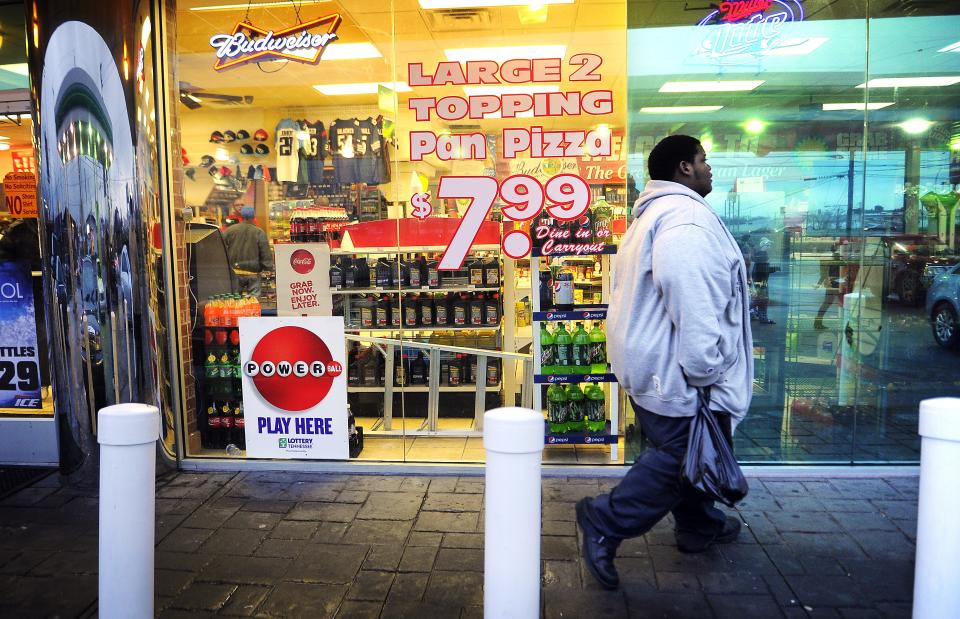Two decades after a landmark study, food insecurity in North Nashville persists
Less than two miles from Broadway lies North Nashville, the historic center of Black culture and commerce in Music City.
From Jefferson Street’s musical pioneers to the epicenter of the 1960s Civil Rights Movement, from the “academic mile” with three historically Black colleges and universities to the origin of the global culinary sensation of hot chicken, North Nashville is the stage for some of the city’s most important icons and historical moments. Nashville would not be Music City without North Nashville.
But North Nashville also has the city’s highest rates of food insecurity. A recently-released Food Insecurity Index from Vanderbilt University Medical Center highlights the areas of Davidson County with the greatest need by measuring food access correlated with economic and household hardship. Once again, the ZIP codes with the highest rates of food insecurity include 37207, 37208, and 37218 – all touching North Nashville.
While the overall rate of food insecurity in Davidson County is 12.4%, specific demographics are disproportionately affected. Food insecurity rates for children and people who identify as Black or Hispanic are all close to 20%, up from 14% in 2018 (Feeding America, 2020). In Nashville, 85% of residents living in food deserts are Black.
Another view: If Tennessee rejects federal education funds, children in my rural county could go hungry
Data show health inequity persists, requiring community-based solutions
This year marks two decades since Dr. David Padgett at Tennessee State University published his groundbreaking research on food insecurity in North Nashville.

His initial work in 2003 mapping food access in specific neighborhoods showed how food availability tracked with public health indicators such as obesity and hypertension, and related to historical factors like segregation and disinvestment. Now, 20 years later, a host of new reports confirm that not much has changed.
Thanks to a recent grant from the Tennessee Department of Health to the Nashville Healthy Nashville Leadership Council, a new team known as Collaborative Action for Resilience and Equity (CARE) from Meharry, TSU and the Wond’ry at Vanderbilt, have updated this data.
Their findings highlight the persistence of food insecurity and health inequity in North Nashville, and its ongoing association with community disinvestment and structural racism.

We know today that place-based, community-led solutions are best suited to address the food insecurity resulting from structural racism in policy decisions and infrastructure investments.
A group of community-based organizations that work in North Nashville are leading the CARE initiative, which will result in the first multi-year food security improvement plan that includes long-term, equity-centered capacity building and intervention planning.

Food insecurity is a symptom of a larger broken system
Not only is there a moral and public health imperative to improve food security for North Nashvillians, but there are also economic costs that extend beyond area residents.
Food insecurity can directly lead to the development of obesity and serious diseases like diabetes, heart disease, and hypertension. Importantly, a 2022 report from Healthy Community Insights and the Belmont Data Collaborative indicated North Nashville’s ZIP codes also have the highest rates of hypertension in the county.

At the state level, a recent study from The Sycamore Institute estimated that Tennessee’s excess rates of diabetes, cardiovascular disease, and hypertension compared to the national average cost the state altogether over $5.0 billion in lost productivity, medical care, and premature death.
Nashville and Middle Tennessee have experienced explosive growth over the past two decades. Since 2001, the metro population has nearly doubled, from 1.3 million to just over 2 million last year.

More impressively, the GDP of the Nashville-Davidson-Murfreesboro-Franklin metropolitan statistical area has more than tripled over the same time - from $55 billion in 2001 to $163 billion in 2021, according to the U.S. Bureau of Economic Analysis. As Nashville continues to grow, we must take care to ensure that we are not leaving disenfranchised communities behind.
Food is a daily necessity, not a luxury. Food insecurity is actually the symptom of a larger broken system. Together, with care and intention, we can eliminate the root causes of food insecurity and be a national model for transformative solutions working toward health equity.

Vickie W. Harris, MBA, is the founder and CEO of Community ConneXor.
C.J. Sentell, Ph.D. is CEO at The Nashville Food Project.

Mike Libre is a medical student at Vanderbilt University and president of the Wond'ry Innovation Consulting Program.
Maryam Jawid, Ben Wong and Viraj Mithani are medical students at Vanderbilt University.
This article originally appeared on Nashville Tennessean: Food insecurity: North Nashville still faces grave health inequities

